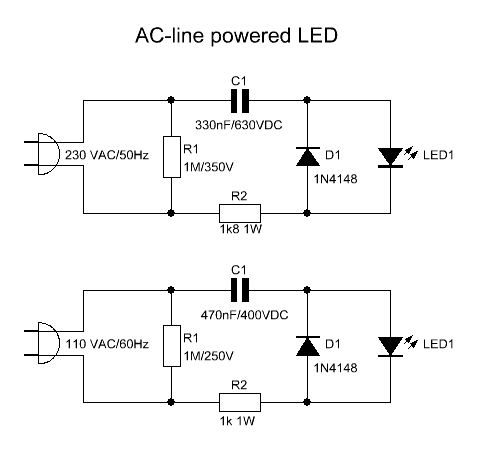I bought these guys and think that I got the wrong thing, based on the below description.
P1,2 : Switch 1a, SPST
P3,4 : Led lamp P3=+,P4= - (no resistor inside)
It looks like I need to put hot on wire 3 and common on 4, but I'm guessing that I'll burn out the LED if I use 110V.
Can anyone push me in the right direction?
P1,2 : Switch 1a, SPST
P3,4 : Led lamp P3=+,P4= - (no resistor inside)
It looks like I need to put hot on wire 3 and common on 4, but I'm guessing that I'll burn out the LED if I use 110V.
Can anyone push me in the right direction?





